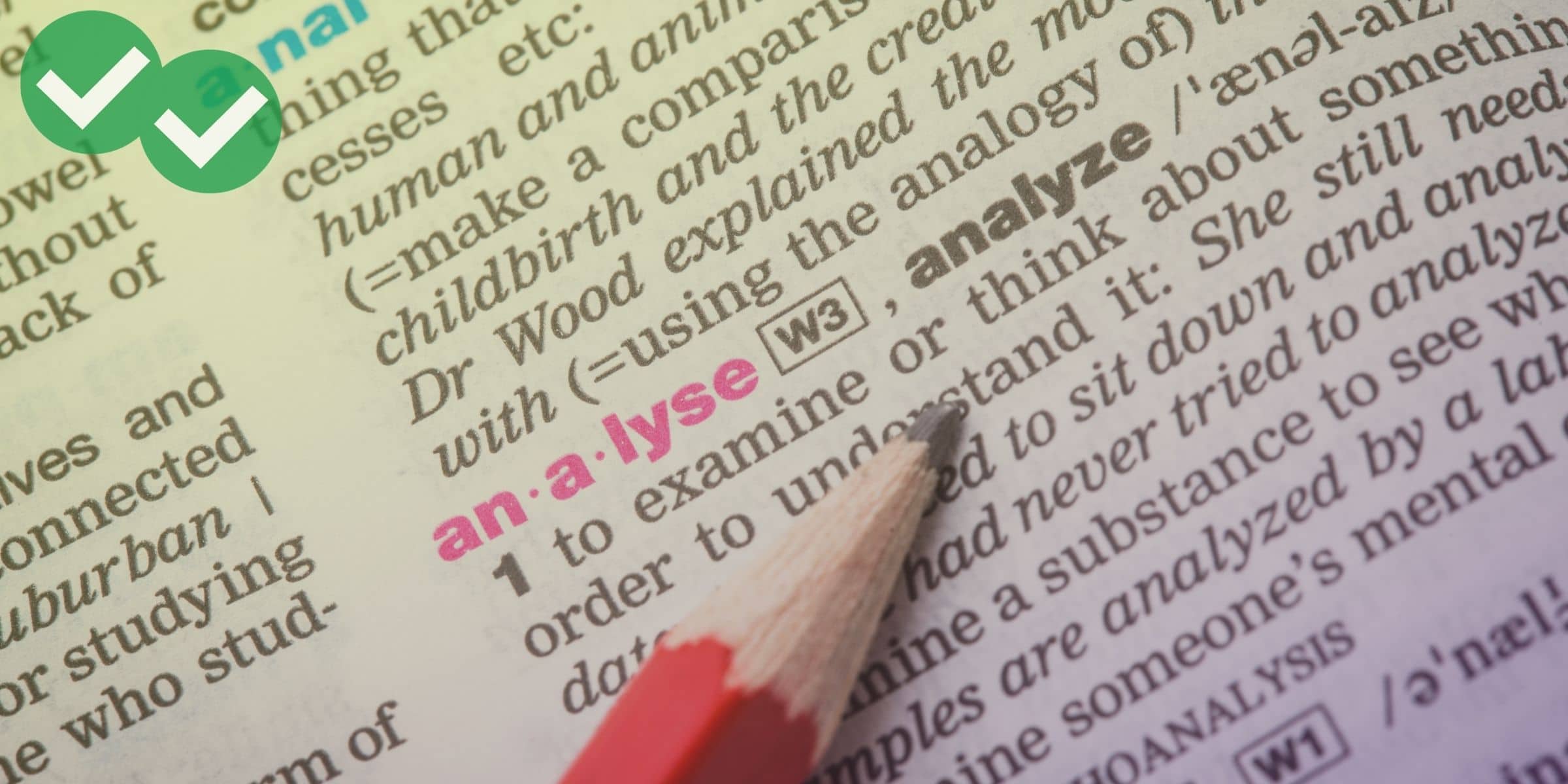Good TOEFL scores for top universities — and your TOEFL results
If you’re taking the TOEFL as part of your college applications, you’re probably asking yourself, “Is my TOEFL score good enough to get me accepted to my dream program?”
If you don’t know what score to aim for, the test stress won’t stop — even after you’ve received your results (ETS posts TOEFL scores online about 10 days after the test date). How do you know if your TOEFL score is good enough?
The answer? It depends on where you’re applying.
Good TOEFL results are the scores that meet (or exceed) the minimum requirements for the program you want to attend. Each university has a different required or recommended TOEFL score range for each of their programs. It’s important to find out what your dream university considers a top TOEFL score. Once you know what score to aim for, you can plan your TOEFL preparation around that goal.
Finally, keep in mind that the August 2019 changes to the exam included changes to the way scores are considered. The TOEFL now includes “superscoring,” which means that your best scores over multiple attempts can be grouped together. You can read more about that here and here.
TOEFL scores infographic
On the other hand, your TOEFL results already may place your dream school within your reach. Find out what score you need to get on the TOEFL by consulting our helpful new infographic! This new resource provides the minimum required and/or recommended TOEFL scores for some of the top universities. Check it out!
(Updated: July 2020)

Did you find your university? If not, you can research your university’s minimum required score by visiting their website or contacting their admissions office. 🙂
Want more information on how TOEFL scoring works? You can check out our article on TOEFL score reports, and keep reading for more info!
TOEFL scoring basics
The TOEFL iBT test is broken into four sections: Reading, Listening, Speaking, and Writing. Each section is worth a maximum of 30 points, for a possible combined score of 120.
The TOEFL is a standardized exam, which means that ETS uses a specific (and secret) calculation to generate your final score. This process of equating scores compensates for the fact that some versions of the TOEFL exam are more difficult than other versions, ultimately making all scores directly comparable.
TOEFL score ranking
As you can see from the infographic, different universities – and even different programs within universities – require different scores. This makes ranking TOEFL scores extra challenging.
The important thing to understand is that there isn’t one good score. Instead, each program has a preferred score range. Knowing your program’s preferences will help you plan your TOEFL preparation and allow you to set a personal score goal.
And before you go …
Have any questions? Like our infographic? Let us know by leaving a comment below and sharing with your friends! 🙂
This post was originally published in July 2014 and has been updated for freshness, accuracy, and comprehensiveness.






Leave a Reply